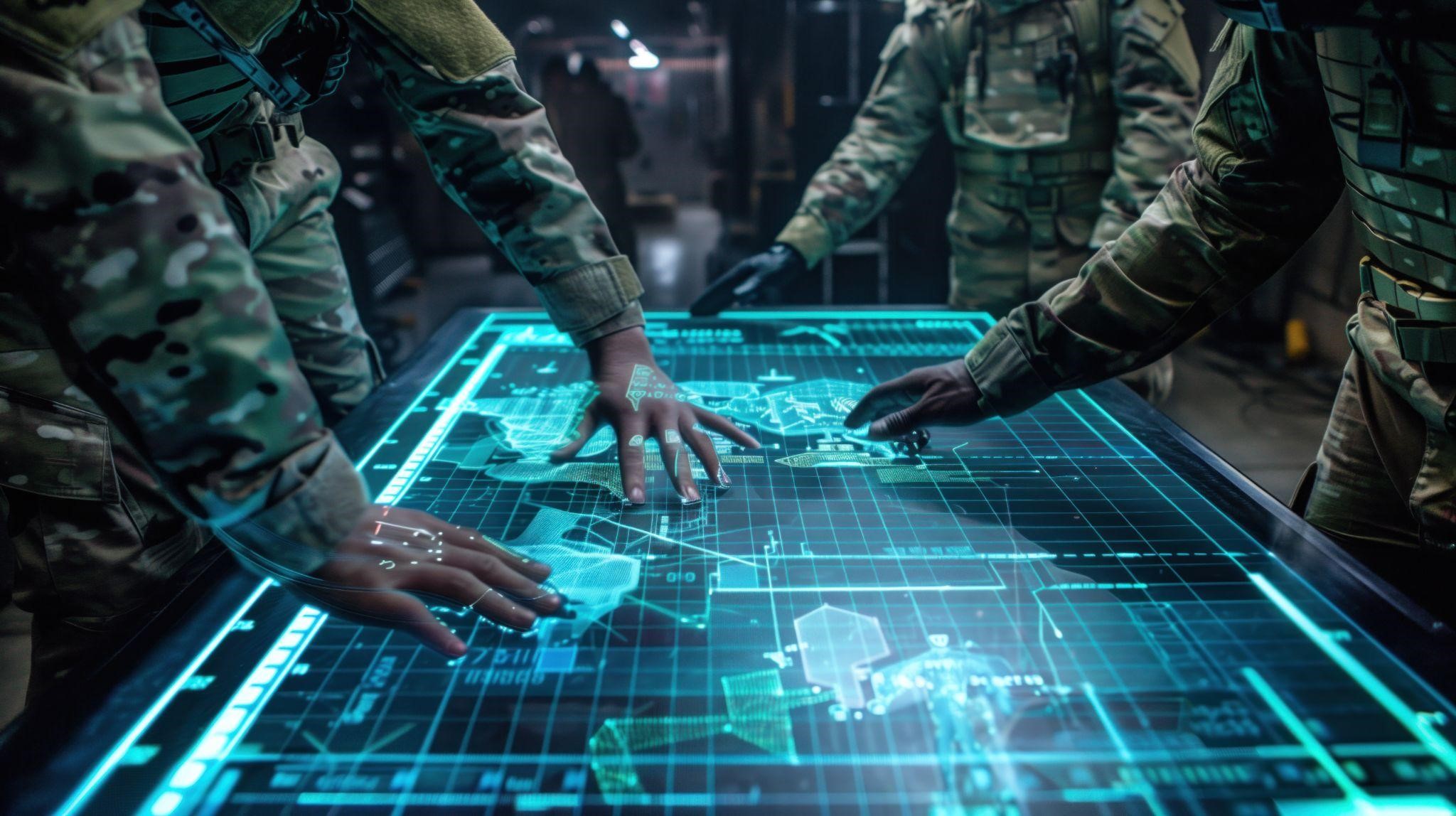When you think of spies, you might imagine trench coats, dead drops, and whispered conversations in dimly lit alleys. But the truth is, technology has always been at the heart of espionage.
The Cold War era, in particular, marked a turning point in technology in espionage, transforming intelligence gathering from handwritten notes and coded letters to advanced surveillance systems and electronic warfare.
The Shift from Old-School Tradecraft to High-Tech Espionage
Before the digital age, spy work depended heavily on human intelligence (HUMINT). Agents carried microfilm hidden in pens, used invisible ink for secret messages, and relied on trusted couriers to pass sensitive documents. While these methods were effective, they were slow, risky, and vulnerable to interception.
As the Cold War escalated, both sides realized that speed and stealth in communication were essential. That’s when technology began to reshape espionage, making information gathering faster, more precise, and at times impossible to detect.
Coded Messages and Encryption
One of the first major leaps in technology in espionage was the development of more sophisticated encryption methods.
The Soviet Union and the United States poured resources into creating unbreakable codes and devices like the “one-time pad,” which, when used correctly, was virtually impossible to crack.
Secure communications became the lifeblood of espionage operations, ensuring that intercepted messages remained useless to the enemy.
The Rise of Spy Satellites and Aerial Surveillance
Perhaps the most game-changing advancement came from the skies. With the launch of reconnaissance satellites, spy agencies could capture images of military installations, missile sites, and troop movements without setting foot behind enemy lines.
The U-2 spy plane and, later, satellite imagery provided a level of intelligence previously unimaginable—reducing the reliance on human spies for certain missions.
Electronic Eavesdropping and Signals Intelligence
The Cold War also saw the explosive growth of signals intelligence (SIGINT). Agencies tapped into telephone lines, intercepted radio transmissions, and used sophisticated listening devices to monitor conversations across continents.
Electronic eavesdropping allowed agencies to gather massive amounts of information without ever making physical contact with a target.
When Fiction Meets Technological Reality: Code Name Boulder Creek
Peter S. Eisenhut’s Code Name Boulder Creek masterfully blends these real-world technological advances with gripping storytelling. The novel follows CIA operative Jon Wilson and IBM auditor Peter Troutman as they uncover a Soviet plot to sabotage U.S. satellite defense systems.
The story highlights how espionage wasn’t just about shadows and disguises; it was about technological warfare, where survival depended on who controlled the information and the tools to protect it.
By rooting the plot in the technological realities of the Cold War, Eisenhut creates a spy thriller that feels both authentic and thrilling.
Lessons for Today’s Digital Age
The technology that transformed Cold War espionage laid the foundation for today’s cyber intelligence landscape.
Modern espionage has evolved into hacking, cyberattacks, and digital surveillance, but the principles remain the same: control the information, and you control the outcome. As technology continues to advance, the line between science fiction and reality blurs even further, reminding us that the innovations that once fueled Cold War spy games still shape global intelligence strategies today.

Step Into the World of High-Tech Espionage
If you’re fascinated by the evolution of technology in espionage and love stories that weave fact with fiction, Code Name Boulder Creek is your next must-read. Explore the thrilling mix of human intelligence, technological intrigue, and Cold War tension.
Visit Peter S. Eisenhut’s official website to get your copy today and dive into the high-stakes world of espionage.




